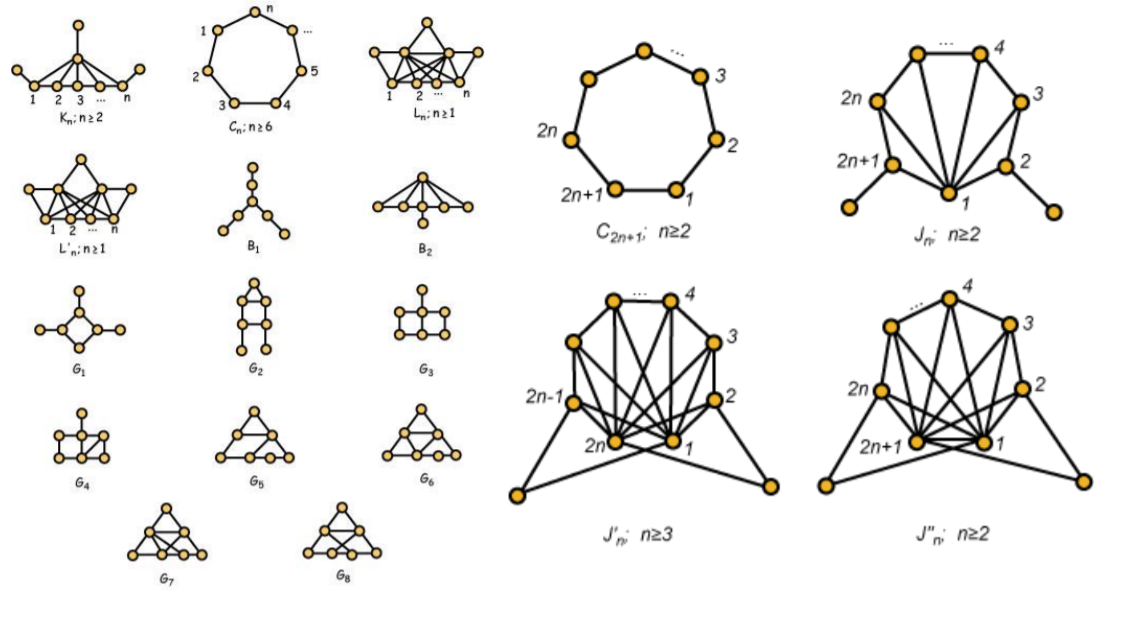Call an oriented digraph $D=(V,A)$ circular when for all $\small x,y,z\in V$ if $(x,y)\in A$ and $(y,z)\in A$ then $(z,x)\in A$ or equivalently if $D$ is any oriented digraph whose arc set is a circular relation.
With that said, when does an undirected graph have a circular orientation?
I can prove these graphs are perfect i.e. graphs with circular orientations have identical clique and chromatic numbers for all their induced subgraphs, also I can show they are $3$-colorable and there exists a family of forbidden induced subgraphs which characterizes them. Its also easy to see these graphs look similar in their definition to comparability graphs i.e. graphs which have an orientation $D=(V,A)$ such that for all $x,y,z\in V$ if $(x,y)\in A$ and $(y,z)\in A$ then $(x,z)\in A$ (this last arc in the definition of circular orientations is flipped) also like graphs with circular orientations, these (graphs with transitive orientations) are similarly perfect graphs. Now Gallai proved the countable set $S$ below, of forbidden induced subgraph isomorphism types characterized every comparability graph:
$$\small S=\{(G_k)^{\complement}:1\leq k\leq 8\}\cup\{B_1^{\complement},B_2^{\complement}\}\cup\bigcup_{n=2}^{\infty}\{C_{2n+1},J_n,J'_{n+1},J''_n,(K_n)^{\complement},(C_{n+4})^{\complement},(L_{n-1})^{\complement},(L'_{n-1})^{\complement}\}$$
Where the indexed types $G,B,K,L,C,J,J',J''$ are each defined diagrammatically as follows:
Thus surely characterizing those graphs with circular orientations by a family of forbidden induced subgraphs can not be harder then this? I mean they have bounded clique/chromatic number so I'd expect them not to be that complicated, not like the above graph types. Perhaps even looking for a forbidden induced subgraph characterization is overkill, though there must be some simple way to characterize these graphs, if fifty years ago Tibor Gallai managed to do this for the class of far more complicated, comparability graphs. Right? If so I'd appreciate any help.

